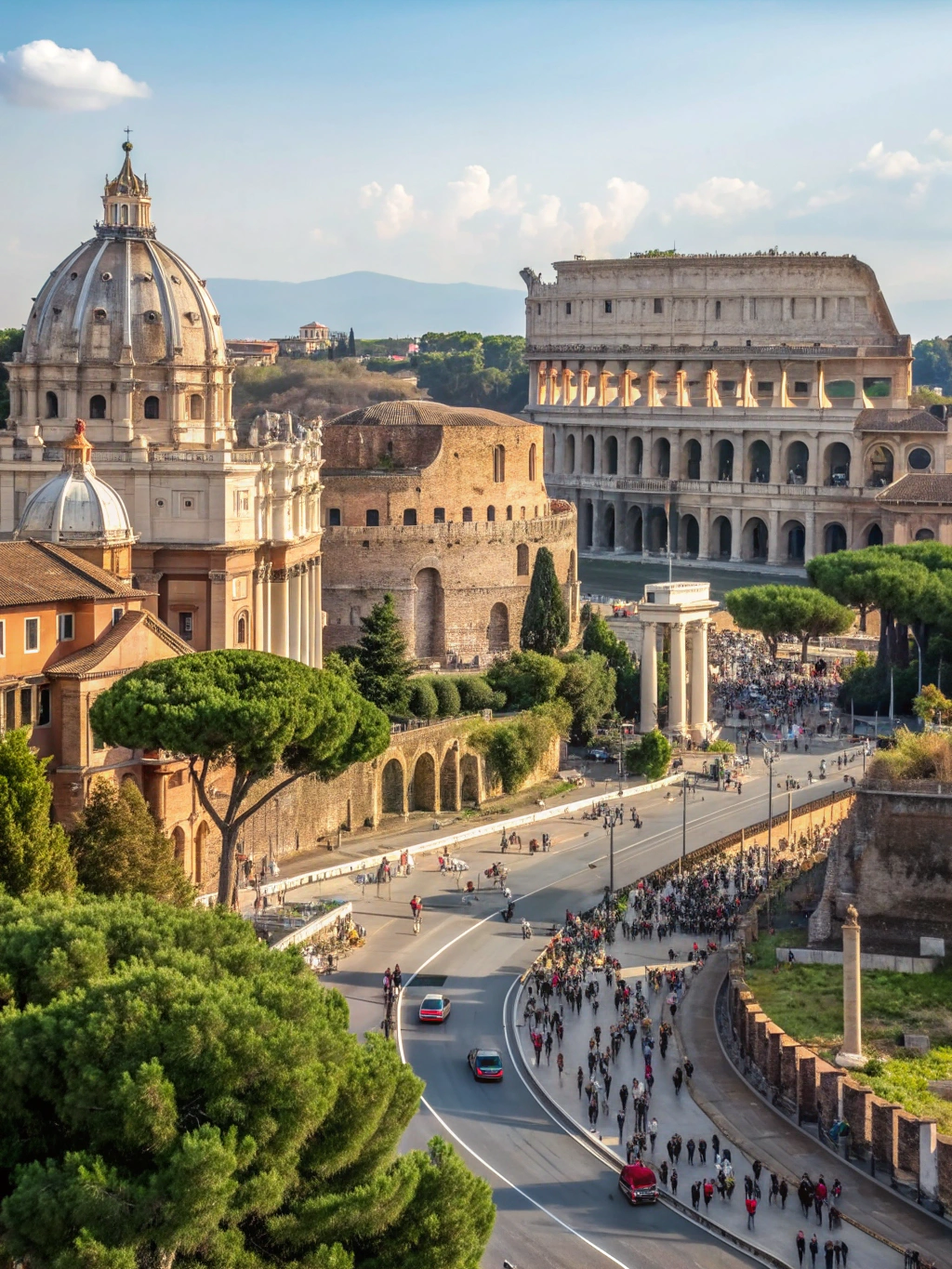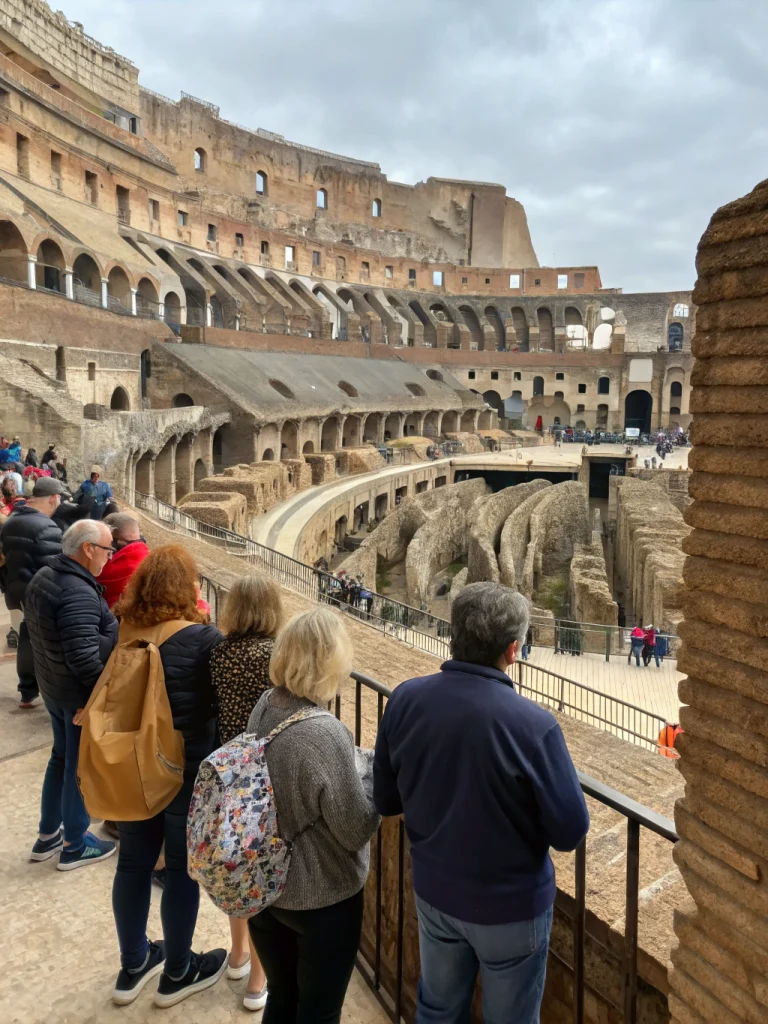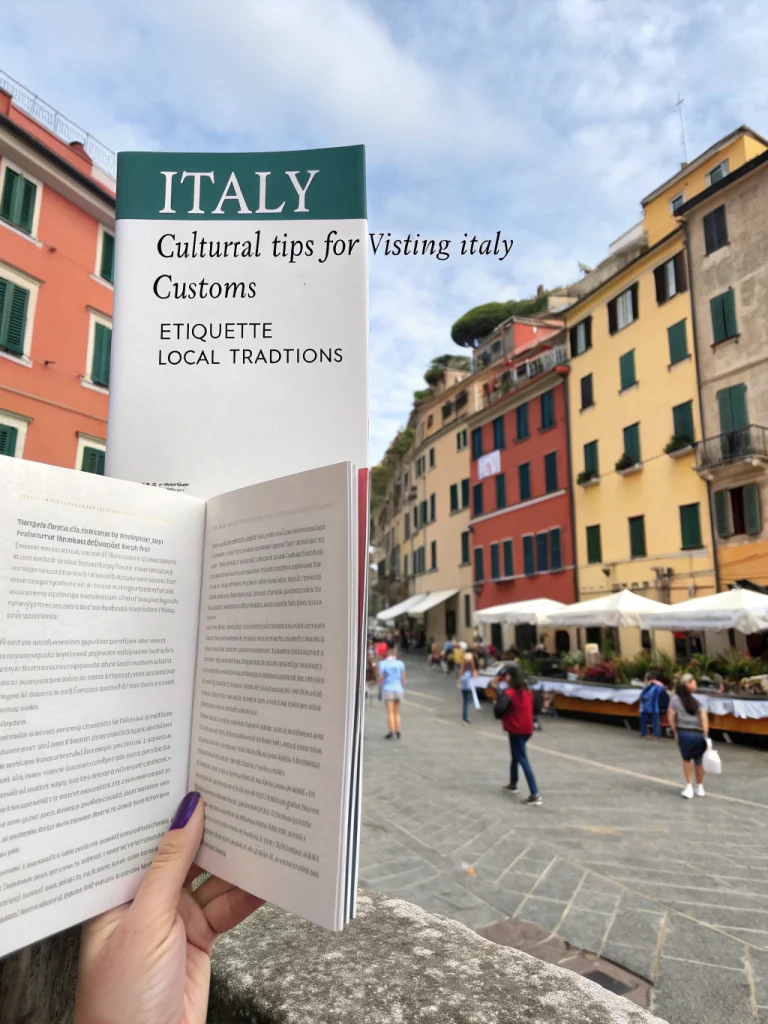What to Do in Rome: 7 Must-See Great Sights for Every Traveler
Introduction
Did you know that Rome hosts over 10 million visitors annually, yet 68% of travelers report missing key historical sites due to poor planning? What to do in Rome shouldn’t be a stressful question when visiting the Eternal City. With over 3,000 years of influential art, architecture, and culture packed into one magnificent metropolis, planning your Roman adventure requires strategic thinking to truly experience its splendor.
The city’s layered history—from ancient ruins to Renaissance masterpieces and modern Italian flair—offers something remarkable at every turn. This comprehensive guide unveils the 7 must-see sights in Rome, things to do in Rome, rome sightseeing tips, travel guide rome, unforgettable rome adventure, explore rome attractions that promise an authentic and memorable journey through one of the world’s most cherished destinations.
Essential Gear and Packing List

Preparing for your what to do in Rome adventure requires thoughtful packing to enhance comfort while exploring the city’s cobblestone streets and magnificent attractions:
- Comfortable walking shoes – According to tourism data, visitors walk an average of 7-10 miles daily in Rome. Opt for broken-in walking shoes with arch support rather than new sneakers that might cause blisters.
- Modest attire – Pack lightweight, breathable clothing that covers shoulders and knees for Vatican visits. A light scarf serves multiple purposes: sun protection, shoulder covering for churches, and evening chill protection.
- Water bottle – Rome offers over 2,500 public drinking fountains called “nasoni” with fresh, cold mountain water. A reusable bottle saves approximately €30 per person during a week-long trip.
- Anti-theft day bag – Cross-body styles with hidden zippers deter pickpockets in tourist-dense areas like the Colosseum and Trevi Fountain.
- Portable phone charger – With photo opportunities at every corner and navigation needs, most travelers report using 2-3 times their normal battery life daily.
- Sun protection – During summer months when temperatures regularly exceed 85°F (30°C), sunscreen, sunglasses, and a hat are non-negotiable.
Budgeting and Timing
Planning your Roman holiday requires understanding both financial and seasonal considerations:
Cost Breakdown:
- Average daily budget: €100-150 per person (mid-range)
- Budget travelers can manage with €70-90 daily
- Luxury experiences start at €250+ daily
- Vatican Museum entry: €17 (standard) vs. €24 (skip-the-line)
- Roma Pass (€38.50 for 72 hours) offers significant savings, covering public transport and entry to two museums
Timing Insights:
- Ideal trip duration: 4-5 days to experience major attractions without rushing
- Peak season (June-August): 40% higher accommodation rates with 90+ minute waits at major sites
- Shoulder seasons (April-May, September-October): 25% fewer crowds with pleasant 65-75°F (18-24°C) temperatures
- Winter visits (November-March): 30-45% lower accommodation costs with minimal waiting times but shorter opening hours
Day-by-Day Itinerary
Day 1: Ancient Rome Exploration
Begin your journey where Roman civilization flourished, exploring the iconic ancient structures that have stood for millennia:
Colosseum (8:30 AM): Beat the crowds by arriving 30 minutes before opening. Pre-book skip-the-line tickets (€24) to save approximately 75 minutes of waiting. The guided underground tour offers exclusive access to the hypogeum—the subterranean chambers where gladiators and animals awaited their fate.
Roman Forum & Palatine Hill (11:30 AM): Connected to your Colosseum ticket, these adjacent sites offer insight into daily Roman life. The often-overlooked Palatine Museum houses original artifacts excavated on-site, providing crucial context to the ruins surrounding you.
Capitoline Museums (2:30 PM): After a lunch break at nearby Monti district, visit these museums which house the original bronze statue of Marcus Aurelius (the outdoor one is a replica) and the iconic Capitoline Wolf nursing Romulus and Remus.
Day 2: Vatican City Wonders
Dedicate a full day to the world’s smallest sovereign state, home to unparalleled artistic and religious treasures:
Vatican Museums & Sistine Chapel (8:00 AM): Arrive before opening or book an early-access tour to experience Michelangelo’s masterpiece with 70% fewer people. Rather than rushing directly to the Sistine Chapel, pause in the often-overlooked Raphael Rooms and Gallery of Maps.
St. Peter’s Basilica (12:30 PM): Enter through the special door from the Sistine Chapel (if available) to skip the main security line. Climb the 551 steps to the dome (€8) for panoramic views that 83% of visitors rate as their favorite Rome photo opportunity.
Castel Sant’Angelo (3:30 PM): This former papal fortress offers both historical significance and stunning Tiber River views from its rooftop terrace—perfect for sunset photographs of St. Peter’s dome.
Day 3: Classic Rome Highlights
Experience iconic Rome with this carefully curated route through the historic center:
Trevi Fountain (8:00 AM): Arrive early to photograph this baroque masterpiece without crowds and ensure your coin-tossing ritual guarantees your return to Rome.
Spanish Steps & Shopping (10:00 AM): Climb the 135 steps for excellent views before browsing the designer boutiques along Via Condotti or finding more budget-friendly options at Via del Corso.
Pantheon (1:00 PM): Marvel at this perfectly preserved ancient temple whose oculus creates dramatic light beams throughout the day. Visit during light rainfall to witness the stunning effect of droplets falling through the open dome.
Piazza Navona (3:00 PM): Enjoy gelato while admiring Bernini’s Fountain of the Four Rivers in this elegant square that was once a Roman stadium.
Local Cuisine & Dining Guide
Rome’s culinary landscape offers authentic flavors that vary significantly from generic Italian food found abroad:
Must-Try Roman Dishes:
- Cacio e Pepe: A seemingly simple pasta with pecorino romano cheese and black pepper that 92% of chefs agree requires perfect technique
- Suppli: Fried rice balls with mozzarella centers that cost just €2-3 yet appear in 78% of locals’ “favorite snack” lists
- Carbonara: Authentic versions never contain cream, instead relying on egg yolks for creaminess
- Roman Artichokes: Prepared “alla giudia” (Jewish-style, fried) or “alla romana” (braised with herbs)
Recommended Dining Experiences:
- Testaccio Market: For street food averaging €5-10 per generous portion
- Trastevere: For dinner in a charming atmosphere with trattorias charging €30-40 per person including wine
- Monti: For aperitivo (pre-dinner drinks with small plates) at €10-15 per person
Dining Tips:
- Authentic restaurants rarely open for dinner before 7:30 PM
- Service charge (coperto) of €1-3 per person is standard and replaces tipping
- Water must be specifically requested as “acqua naturale” (still) or “frizzante” (sparkling)
Sustainable and Responsible Travel Alternatives
Make mindful choices that preserve Rome’s heritage while enhancing your experience:
Public Transportation: Rome’s extensive metro, bus, and tram network costs just €1.50 per ticket (valid 100 minutes) compared to €15+ for short taxi rides. The comprehensive 72-hour Roma Pass reduces your carbon footprint while saving money.
Ethical Tourism: Choose tours that limit group sizes to 12 or fewer in fragile archaeological sites. The “Domus Aurea” virtual reality tour allows visitors to experience Nero’s Golden House without physical impact on the deteriorating structure.
Cultural Preservation: Visit lesser-known sites like Centrale Montemartini (ancient sculptures displayed in an old power plant) or Palazzo Massimo alle Terme to reduce overcrowding at major attractions while discovering equally impressive treasures.
Local Economy Support: Shop at artisanal workshops in Monti district where traditional crafts like leatherwork and mosaics are preserved. These purchases typically cost 15-20% more than mass-produced souvenirs but directly support local families and traditions.
Accommodation Suggestions
Finding the ideal home base enhances your Roman experience:
Historic Center (Centro Storico): Perfect for first-time visitors, hotels here command premium rates (€200+ nightly) but offer unparalleled access to major sights. The Hotel Forum provides breathtaking views of ancient ruins from its rooftop terrace.
Trastevere: This charming neighborhood across the Tiber offers authentic character with mid-range accommodations (€120-180 nightly). Boutique options like Hotel Donna Camilla Savelli, housed in a converted 17th-century monastery, provide unique experiences.
Monti: Rome’s oldest residential district offers excellent dining options and a local feel while remaining within walking distance of the Colosseum. Apartments here average €130-150 nightly and typically offer more space than comparable hotel rooms.
Testaccio: For budget-conscious travelers, this authentic neighborhood offers accommodations from €80-120 nightly plus exceptional local dining and Rome’s best food market.
Common Travel Mistakes to Avoid
Sidestep these frequent pitfalls to maximize your Roman holiday:
Dining near major attractions: Restaurants within 200 meters of top sites charge 30-40% more for typically inferior quality. Walk just 5-10 minutes further to find authentic eateries where locals dine.
Attempting too much in one day: Tourism data shows 73% of visitors try to combine Vatican Museums and Ancient Rome (Colosseum/Forum) in a single day, resulting in exhaustion and rushed experiences. These two areas each deserve a dedicated day.
Ignoring reservation opportunities: Pre-booking major sites saves an average of 45-90 minutes waiting time per attraction during peak season. The official Colosseum website offers tickets at face value, while third-party sites often add 15-25% service fees.
Limiting exploration to famous sites: While iconic attractions deserve attention, 88% of return visitors rate “hidden gems” as their favorite Roman experiences. Sites like the Appian Way, Aventine Keyhole, and Palazzo Doria Pamphilj receive a fraction of visitor numbers while offering exceptional experiences.
Safety and Pre-Trip Checklist
Ensure peace of mind with these essential preparations:
Documentation:
- Valid passport with at least six months before expiration
- Travel insurance covering medical emergencies (average cost: €30-50 for a week-long trip)
- Digital and physical copies of important documents
- European Health Insurance Card (for EU citizens)
Health Precautions:
- Tap water is safe and high-quality throughout Rome
- Pharmacies (marked with green crosses) offer excellent first-aid supplies and basic medical advice
- Medical emergency number: 118
- Police emergency number: 113
Safety Considerations:
- Pickpocketing occurs primarily at crowded tourist sites and on public transportation line 64 (nicknamed “pickpocket express”)
- Maintain awareness in crowded areas and use anti-theft bags
- Tourist police (English-speaking) are stationed near major attractions
Conclusion
Rome reveals its magic to those who balance ambition with appreciation. Rather than racing between checkpoints, allow yourself to absorb the city’s unique atmosphere—where ancient wonders stand alongside vibrant modern life. The seven must-see sights outlined here provide the framework for an unforgettable journey through the Eternal City, but Rome’s true charm often emerges in unexpected moments: a perfect espresso at a neighborhood café, a hidden church with breathtaking art, or an impromptu conversation with a passionate local.
As the Romans say, “Roma non basta una vita” (a lifetime is not enough for Rome). While your visit may be brief, thoughtful planning ensures it will be rich with authentic experiences that capture the essence of this extraordinary destination. Begin planning your Roman adventure today, and prepare to create memories that will last far longer than the coins you’ll toss in the Trevi Fountain.
FAQs
What’s the best way to skip lines at popular Roman attractions?
Pre-book skip-the-line tickets online for the Colosseum, Vatican Museums, and Borghese Gallery at least two weeks in advance. During peak season (June-August), early morning or late afternoon entry times typically offer 30-40% shorter waiting times.
Is the Roma Pass worth purchasing?
The 72-hour Roma Pass (€38.50) provides good value if you plan to visit at least two museums and use public transportation frequently. It includes unlimited transit and entry to two museums (including one premium attraction like the Colosseum), potentially saving €15-25 compared to purchasing separately.
How much should I budget for meals in Rome?
Budget travelers can eat well for €25-35 daily (€5-7 breakfast, €10 lunch, €15-20 dinner). Mid-range dining averages €45-60 per day, while gourmet experiences start at €50+ per dinner alone. Self-catering and street food offer significant savings without sacrificing authentic flavors.
What’s the best neighborhood to stay in for first-time visitors?
The historic center (Centro Storico) or Monti district offers optimal locations for first-time visitors, placing you within walking distance of major attractions. These central locations eliminate transportation time and allow for spontaneous exploration, though they command 25-40% higher accommodation rates than peripheral neighborhoods.
When are the Vatican Museums least crowded?
Tuesday and Thursday afternoons (after 2 PM) typically see 30-45% fewer visitors than weekend mornings. Early morning “breakfast” tours (7:00 AM entry) offer near-private access to normally crowded galleries, though they cost approximately €65-80 compared to standard €17 admission.






